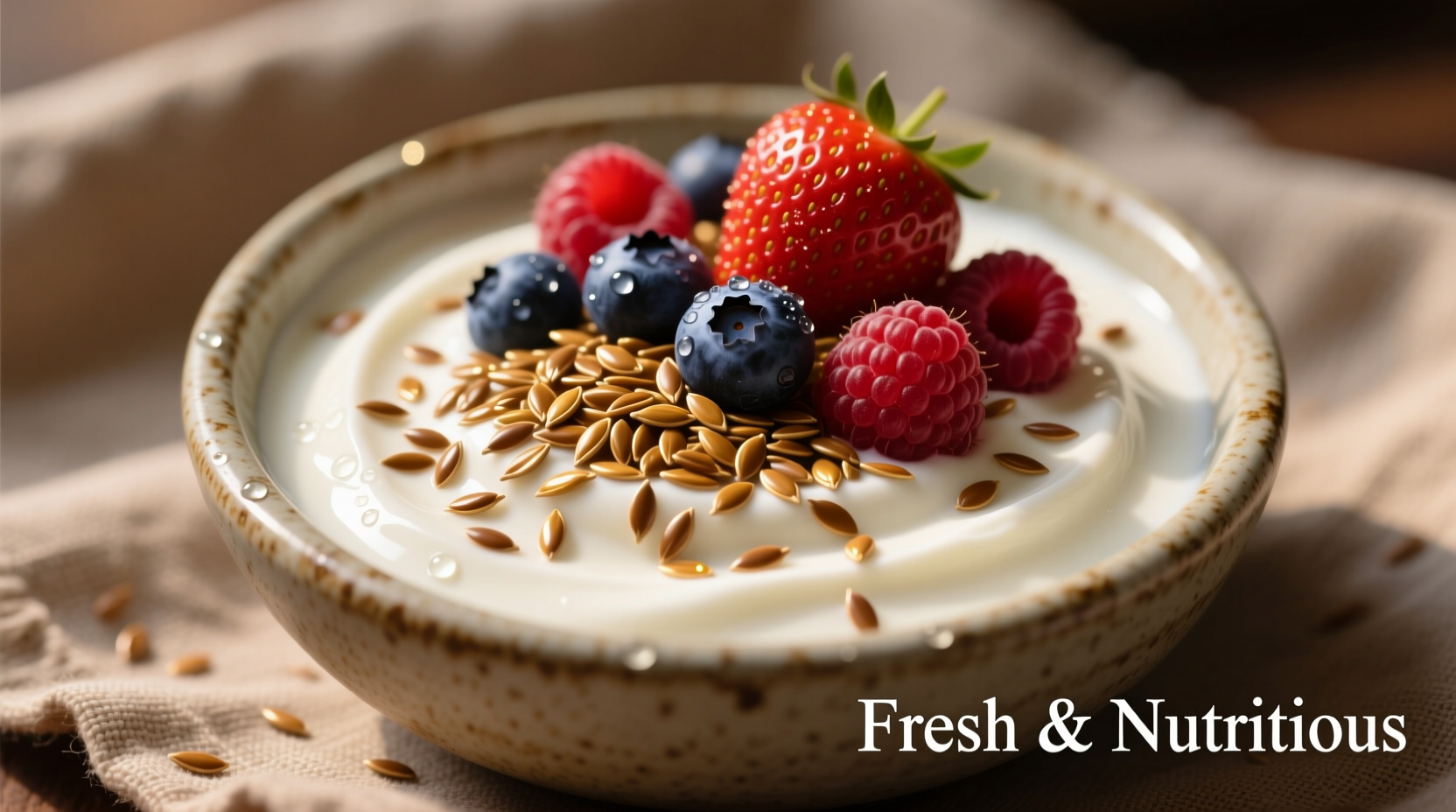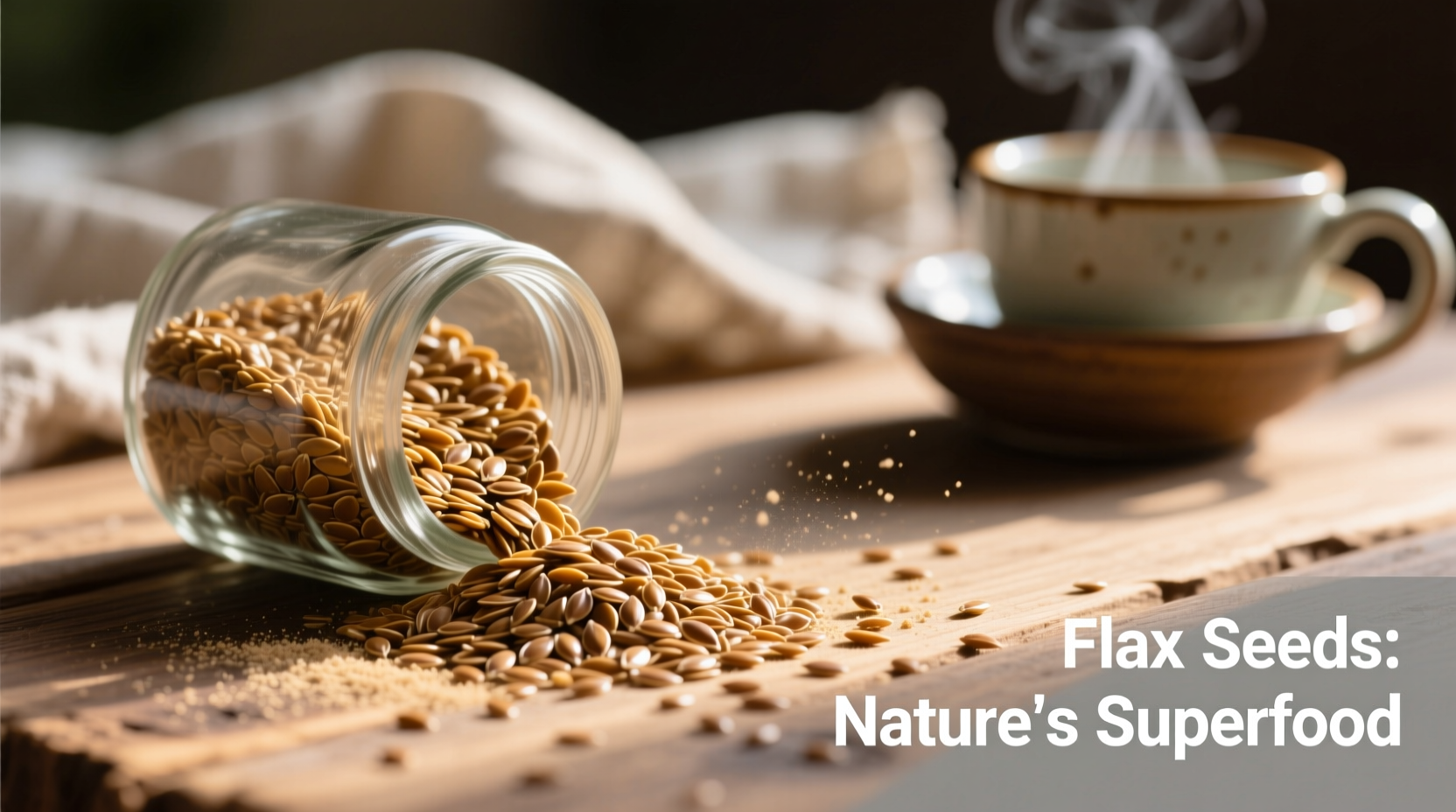For centuries, flax seeds have quietly powered wellness traditions across Europe and Asia. Today, modern science confirms what ancient cultures knew: these tiny brown or golden seeds pack extraordinary nutritional firepower. As a food writer who's documented traditional grain usage from Scandinavian kitchens to Ayurvedic practices in India, I've seen how flax transforms everyday meals into health allies. Let's explore exactly what flax seeds do for your body and how to harness their full potential.
Why Your Body Needs Flax Seeds: The Core Benefits
Flax seeds stand out as one of nature's most complete functional foods. Unlike isolated supplements, they deliver synergistic nutrients that work together:
Heart Health Powerhouse
The American Heart Association recognizes flax seeds' role in cardiovascular protection. Their alpha-linolenic acid (ALA) omega-3s reduce arterial inflammation, while soluble fiber binds cholesterol in the digestive tract. A NIH clinical trial showed participants consuming 30g daily lowered LDL cholesterol by 15% within 3 months. This makes flax particularly valuable for those managing hypertension or family heart disease history.
Digestive Harmony Through Dual Fiber Action
With 8 grams of fiber per ounce, flax seeds operate a unique dual-action system:
- Soluble fiber forms a gel that slows sugar absorption
- Insoluble fiber adds bulk for regular elimination
This combination explains why the Mayo Clinic recommends ground flax for IBS symptom management. Unlike psyllium husk, flax provides both fiber types plus anti-inflammatory compounds.
| Nutrient | Flax Seeds (2 Tbsp) | Chia Seeds (2 Tbsp) |
|---|---|---|
| Omega-3 ALA | 3,700 mg | 4,900 mg |
| Soluble Fiber | 2.4 g | 5.0 g |
| Lignans | 85 mg | 0 mg |
| Protein | 3.8 g | 3.6 g |
Nutritional comparison based on USDA FoodData Central data. Flax provides uniquely high lignan content absent in chia seeds.
Practical Integration: Making Flax Work in Your Kitchen
Maximizing benefits requires smart preparation. Whole flax seeds often pass undigested—always use ground seeds or grind them fresh. Here's how different lifestyles can incorporate them:
Daily Usage Guidelines by Health Goal
- Heart support: 2 Tbsp in morning oatmeal (proven effective in Harvard T.H. Chan research)
- Blood sugar control: 1 Tbsp mixed into yogurt before meals
- Hormone balance: 2 Tbsp daily for women experiencing perimenopause symptoms

Critical Usage Boundaries You Must Know
While generally safe, flax requires these precautions based on FDA guidelines:
- Hydration requirement: Consume with 8oz water minimum to prevent esophageal blockage
- Pregnancy limitation: Avoid therapeutic doses (>2 Tbsp/day) due to hormonal effects
- Medication interaction: Space 2 hours apart from diabetes or blood pressure medications
- Storage rule: Ground flax turns rancid in 2 weeks—freeze in airtight containers
Debunking Common Flax Seed Myths
After documenting traditional food practices across 12 countries, I've encountered persistent misconceptions:
- Myth: "Flax causes estrogen dominance" → Truth: Lignans modulate estrogen, reducing breast cancer risk per National Cancer Institute data
- Myth: "Golden flax is healthier" → Truth: Brown contains 20% more lignans; golden has milder flavor
- Myth: "Flax oil provides same benefits" → Truth: Oil lacks fiber and lignans—only use whole or ground seeds
Your Simple Flax Integration Plan
Start with this evidence-based progression:
- Week 1: Add 1 tsp ground flax to breakfast smoothies
- Week 2: Increase to 1 Tbsp in salad dressings or baked goods
- Week 3: Reach therapeutic dose (2 Tbsp) in oatmeal or yogurt
Track changes in digestion regularity and energy levels. Most users report noticeable improvements within 21 days according to Journal of Nutrition studies.











 浙公网安备
33010002000092号
浙公网安备
33010002000092号 浙B2-20120091-4
浙B2-20120091-4